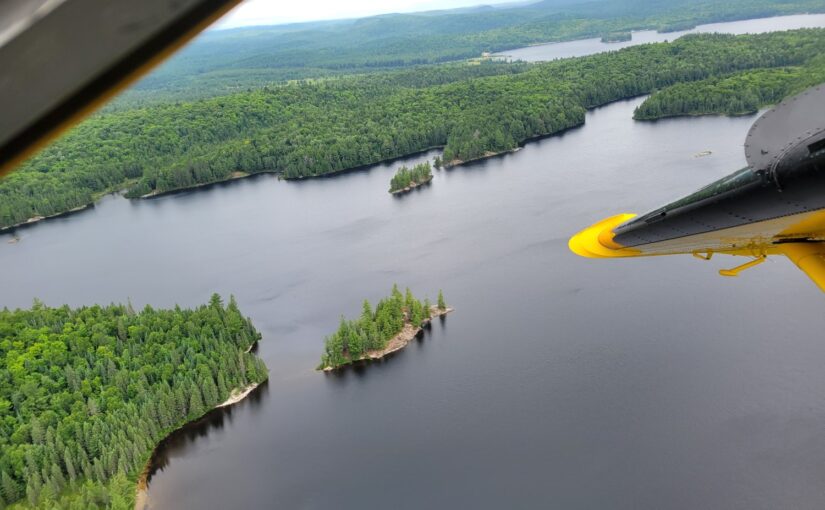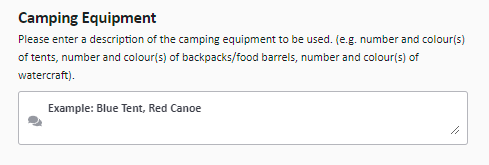When making a reservation for a backcountry camping trip, you will be asked to describe your camping equipment in detail.
In the rush to confirm your booking, it can be easy to ignore this request, or to give a quick answer.
But have you ever considered why we ask this question?
Here’s why we’re asking
Providing a detailed answer is an important first step in planning a successful trip to the backcountry.
In an emergency, park staff or other Emergency Personnel may need to locate your camping party as quickly as possible. To do this, they rely on two things:
1. Your trip itinerary: this tells them where to look, based on your access point and where you plan to stay each night.
2. Your camping equipment: this description gives them an idea of what to look for.
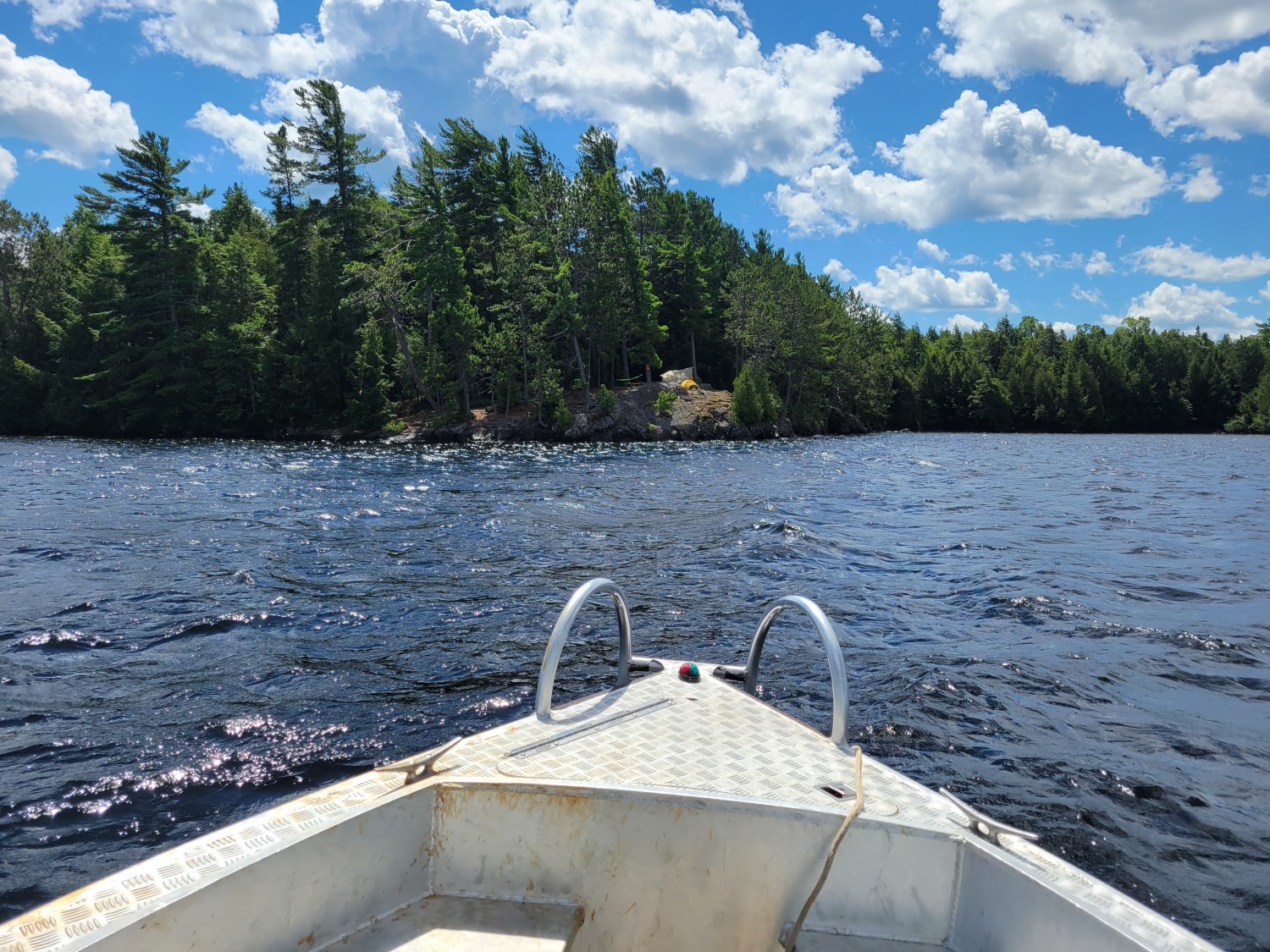
We asked backcountry rangers from Algonquin Provincial Park for tips on filling in the camping equipment question.
Here’s what they said:
Use the description example that the reservation form provides (blue tent and red canoe) — it’s is a helpful starting place. But you should include your other visible equipment, too. This list might include lifejackets/PFDs, packs, food barrels, hammocks, bug shelters, and tarps.
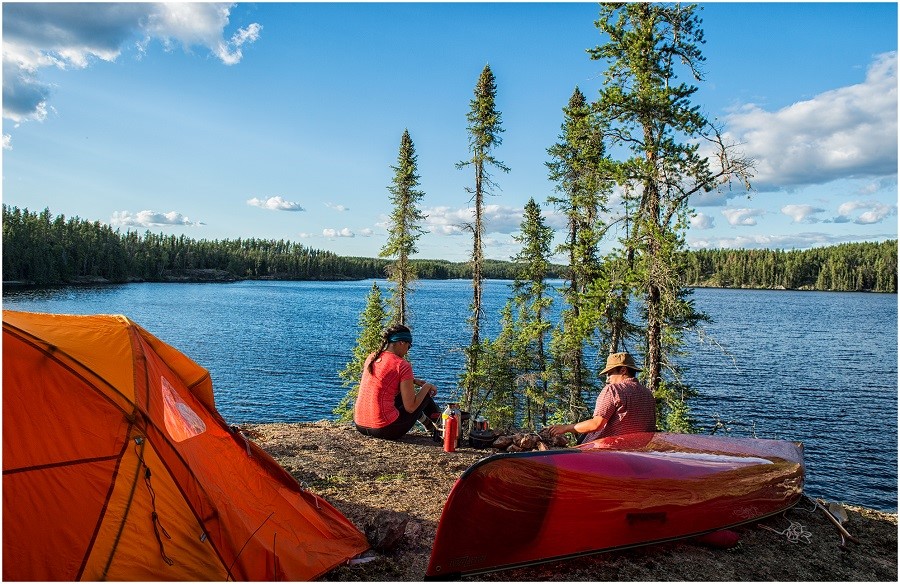
Be descriptive when listing your items. Include details like colours, shapes, and size. It’s helpful to know you have a green tent, but it is even more helpful to know you have a small, lime green tent. Anything that may be distinctive or eye-catching and could help us identify your camping party from a distance is valuable to know.
Details are helpful. If you are renting a canoe, for example, you might not know what colour your canoe will be. You can still tell us that you are planning to rent, what company you are renting from, and what you have asked for. These details give us an idea of what logos, sizes, shapes, styles and colours to expect. 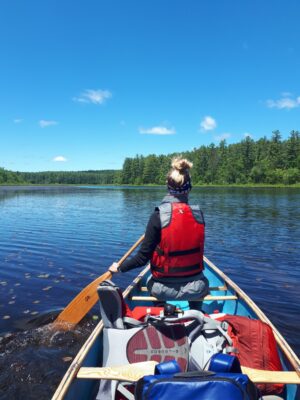
Other detail that help include:
- what type of boats you are travelling with (canoes, kayaks, SUP, boat, etc.)
- how many boats are in your party
- how many people per boat
- types of paddles or motor (e.g., kayak paddle, canoe paddle or trolling motor)
If you have more than one group travelling together but staying on different sites, this is also important to know.
Don’t forget to mention your pets. If you have any dogs or other pets with you, it is helpful to note how many, their breed, colour, size, and even include their names.
When would this information be used?
There are three main types of emergency situations in which this information can be crucial:
1. Compassionate calls: Sometimes emergencies happen at home while family members or loved ones are away on a trip and cannot be reached by phone.
In these types of situations, we are asked to track down the camping party to pass along the message and if time is of the essence, we may also help get the campers out of the backcountry. In this situation, we are looking for you, but you do not know we are looking for you.
2. Medical emergency: When campers need medical help and are able to request immediate assistance to their location or area, their equipment information is used to help locate them.
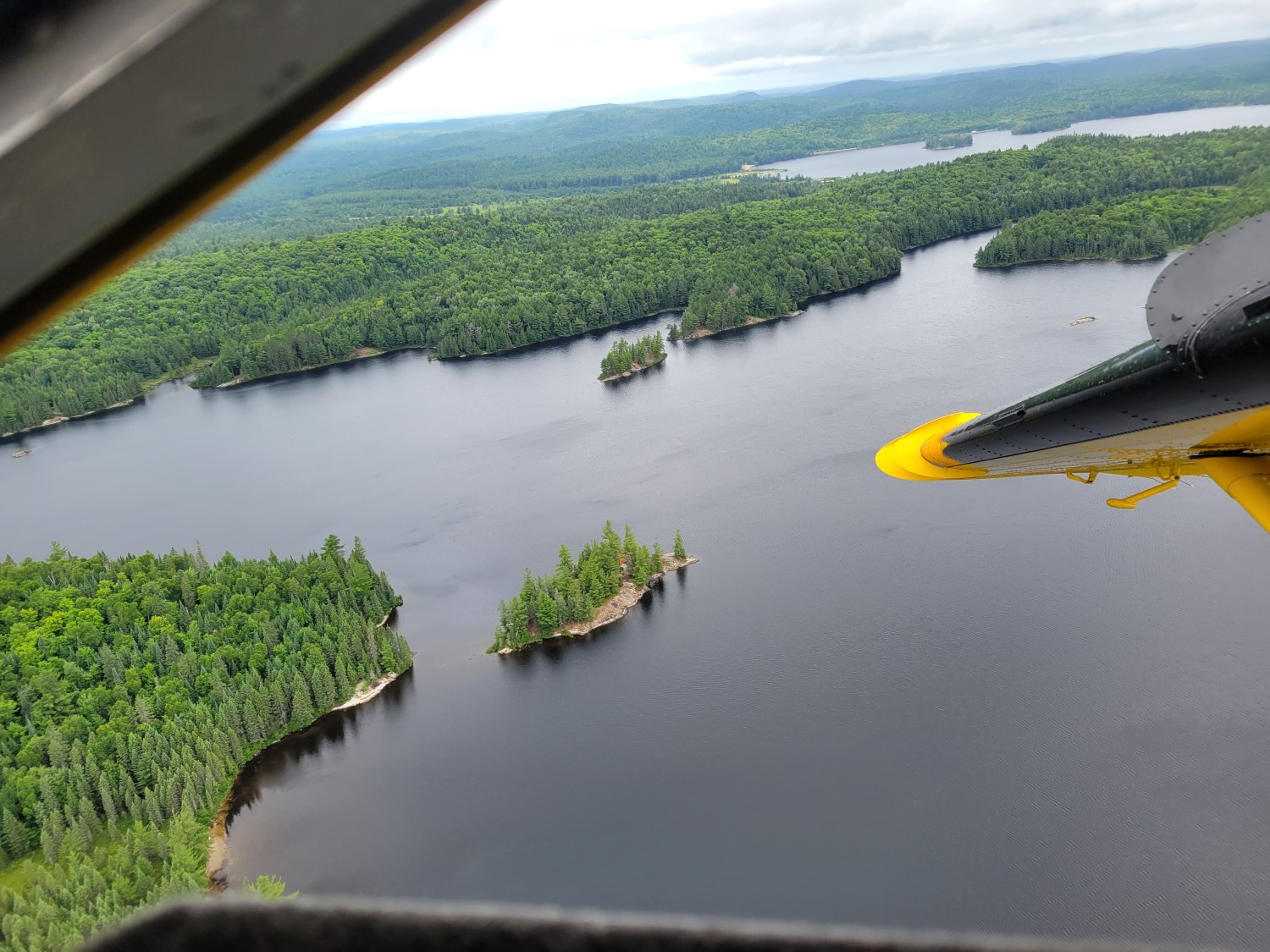
In the event of a medical emergency, when possible, increasing the visibility of your location is also helpful. For example, hanging something bright, like a tarp, tent, towel or coat where it may be visible by air or by water.
3. Natural emergencies: Severe storms, flooding, or fires may require an immediate evacuation. In this type of scenario, you may or may not be aware that people will be looking for you.
Don’t have your gear yet?
If you don’t have your equipment information ready when you are making your reservation, you can always add it in later.
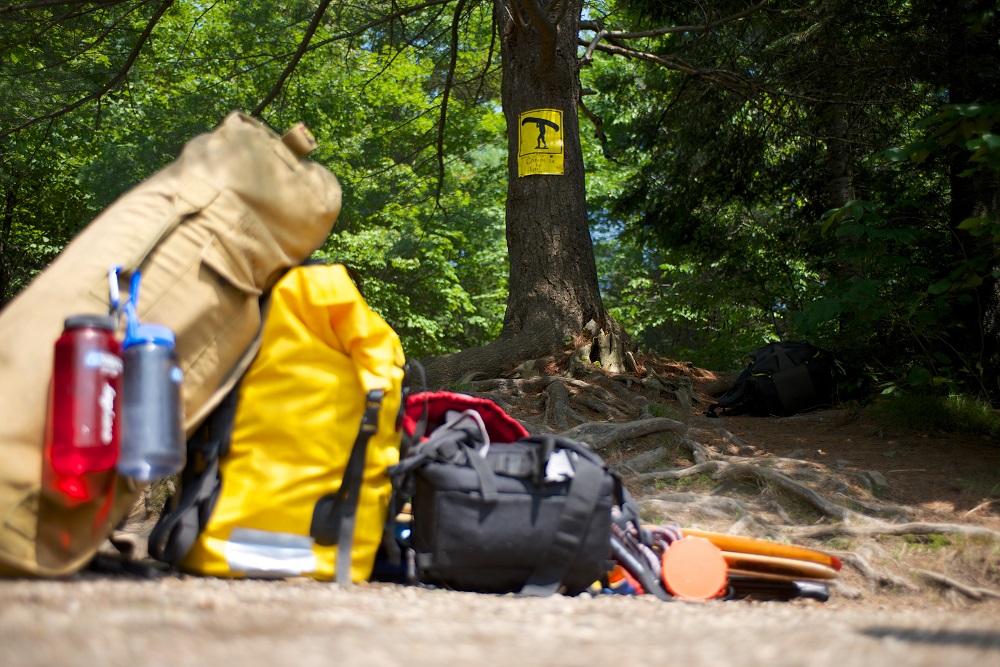
You can call the reservation line at 1-888-ONT-PARK (1-888-668-7275) or change it in person at the Park Office before you start your trip.
Preparing is an important part of any trip, and that includes providing a thorough equipment description before you head out. Please add this critical step to your pre-trek checklist!
